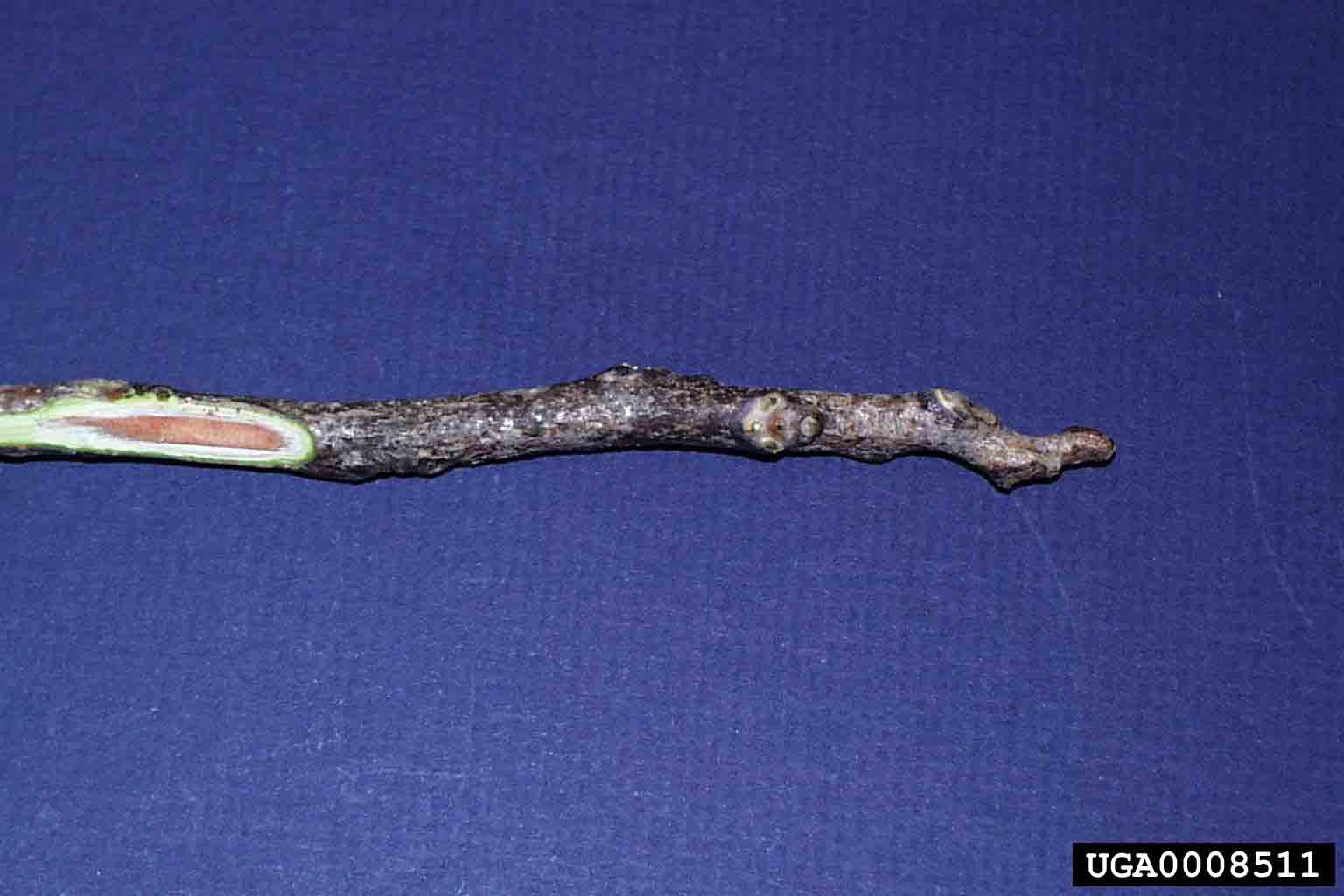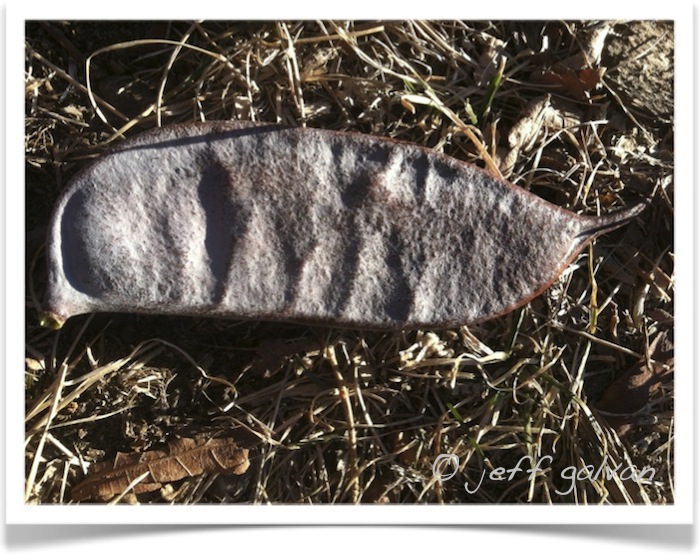“Kentucky Coffee Tree: A Comprehensive Guide
Kentucky Coffee Tree: A Comprehensive Guide

The Kentucky coffee tree (Gymnocladus dioicus) is a fascinating and unique tree species native to the central United States. Known for its large size, distinctive foliage, and interesting history, this tree has captured the attention of botanists, landscapers, and nature enthusiasts alike. In this comprehensive guide, we will delve into the various aspects of the Kentucky coffee tree, including its characteristics, distribution, cultivation, uses, and ecological significance.
Description and Characteristics
The Kentucky coffee tree is a deciduous tree that typically grows to a height of 60 to 80 feet, with a spread of 40 to 50 feet. It has a relatively slow growth rate and a lifespan of 70 to 100 years. The tree’s most striking feature is its large, compound leaves, which can reach up to 3 feet in length and 2 feet in width. Each leaf consists of numerous oval-shaped leaflets, giving the tree a coarse and textured appearance.
The bark of the Kentucky coffee tree is dark gray to brown and deeply furrowed, with scaly ridges. The tree’s branches are thick and stout, forming an open and irregular crown. In winter, the tree’s bare branches and coarse texture create a stark and dramatic silhouette against the sky.
The Kentucky coffee tree is dioecious, meaning that individual trees are either male or female. Male trees produce small, greenish-white flowers in drooping panicles, while female trees produce larger, more conspicuous flowers in upright racemes. The flowers are followed by large, leathery seedpods, which can reach up to 10 inches in length. The seedpods contain several hard, dark brown seeds, which are surrounded by a sweet, pulpy substance.
Distribution and Habitat
The Kentucky coffee tree is native to the central United States, with its range extending from southern Ontario and New York in the north to Oklahoma and Arkansas in the south. It is most commonly found in the Midwestern states, including Illinois, Indiana, Kentucky, and Ohio. The tree typically grows in moist, well-drained soils along riverbanks, floodplains, and woodlands. It is also occasionally found in disturbed areas, such as roadsides and urban parks.
The Kentucky coffee tree is relatively adaptable to different soil types and moisture conditions. It can tolerate both full sun and partial shade, although it prefers full sun for optimal growth. The tree is also tolerant of drought and air pollution, making it a suitable choice for urban environments.
Cultivation and Propagation
The Kentucky coffee tree is a relatively easy tree to cultivate, although it does require some patience due to its slow growth rate. The tree can be propagated from seed or cuttings. Seed propagation is the most common method, but it requires some preparation to ensure successful germination.

To propagate from seed, the seeds must first be scarified to break down the hard outer coating. This can be done by soaking the seeds in hot water for 24 hours or by nicking the seed coat with a knife or file. After scarification, the seeds should be stratified by storing them in a moist, cool environment for several months. This can be done by placing the seeds in a plastic bag with moist peat moss and storing them in the refrigerator.
After stratification, the seeds can be sown in a well-drained potting mix. The seeds should be planted about 1 inch deep and kept moist until germination occurs. Seedlings should be transplanted to larger pots as they grow and can be planted in the ground after they have developed a strong root system.
Cuttings can also be used to propagate the Kentucky coffee tree, but this method is less common. Cuttings should be taken from semi-hardwood growth in the summer. The cuttings should be treated with rooting hormone and placed in a moist rooting medium. Rooting can take several weeks or months, and the cuttings should be kept moist and humid during this time.
Uses and Benefits
The Kentucky coffee tree has a variety of uses and benefits, both historical and modern. Historically, the seeds of the Kentucky coffee tree were used as a coffee substitute by early settlers. The seeds were roasted and ground, and the resulting beverage was said to have a similar taste to coffee. However, it is important to note that the seeds contain toxic alkaloids and must be roasted thoroughly to remove these toxins.

Today, the Kentucky coffee tree is primarily used as an ornamental tree in landscaping. Its large size, distinctive foliage, and interesting bark make it a striking addition to any landscape. The tree is also relatively low-maintenance and tolerant of urban conditions, making it a popular choice for parks, street trees, and residential properties.
In addition to its ornamental value, the Kentucky coffee tree also provides several ecological benefits. The tree’s large leaves provide shade and shelter for wildlife, and its flowers attract pollinators such as bees and butterflies. The tree’s seedpods provide food for birds and other animals, and its roots help to stabilize soil and prevent erosion.
Ecological Significance
The Kentucky coffee tree plays an important role in the ecosystems in which it occurs. As a large, long-lived tree, it provides habitat and resources for a variety of plant and animal species. The tree’s leaves provide food for caterpillars and other insects, which in turn provide food for birds and other predators. The tree’s branches provide nesting sites for birds and squirrels, and its roots provide shelter for small mammals and amphibians.
The Kentucky coffee tree also helps to maintain soil health and water quality. Its roots help to prevent soil erosion and runoff, and its leaves help to filter pollutants from the air and water. The tree’s presence can also improve the overall biodiversity of an area by providing habitat for a variety of plant and animal species.

Potential Problems and Solutions
While the Kentucky coffee tree is generally a hardy and low-maintenance tree, it can be susceptible to certain problems. These include:
- Insect pests: The Kentucky coffee tree can be attacked by a variety of insect pests, including aphids, spider mites, and scale insects. These pests can damage the tree’s leaves and branches, and in severe cases, can even kill the tree. To control insect pests, you can use insecticidal soap, horticultural oil, or other appropriate insecticides.
- Diseases: The Kentucky coffee tree is relatively resistant to diseases, but it can be affected by certain fungal diseases, such as leaf spot and powdery mildew. These diseases can cause unsightly spots on the tree’s leaves and can weaken the tree over time. To control fungal diseases, you can use fungicides or other appropriate treatments.
- Structural problems: The Kentucky coffee tree can be prone to structural problems, such as branch breakage and trunk decay. These problems can be caused by wind, ice, or other environmental factors. To prevent structural problems, you should prune the tree regularly to remove dead or damaged branches and to promote strong growth.
Conclusion
The Kentucky coffee tree is a fascinating and unique tree species with a rich history and a variety of uses and benefits. Its large size, distinctive foliage, and interesting bark make it a striking addition to any landscape, and its ecological significance makes it an important part of the ecosystems in which it occurs. Whether you are a botanist, landscaper, or nature enthusiast, the Kentucky coffee tree is sure to capture your attention and appreciation.
